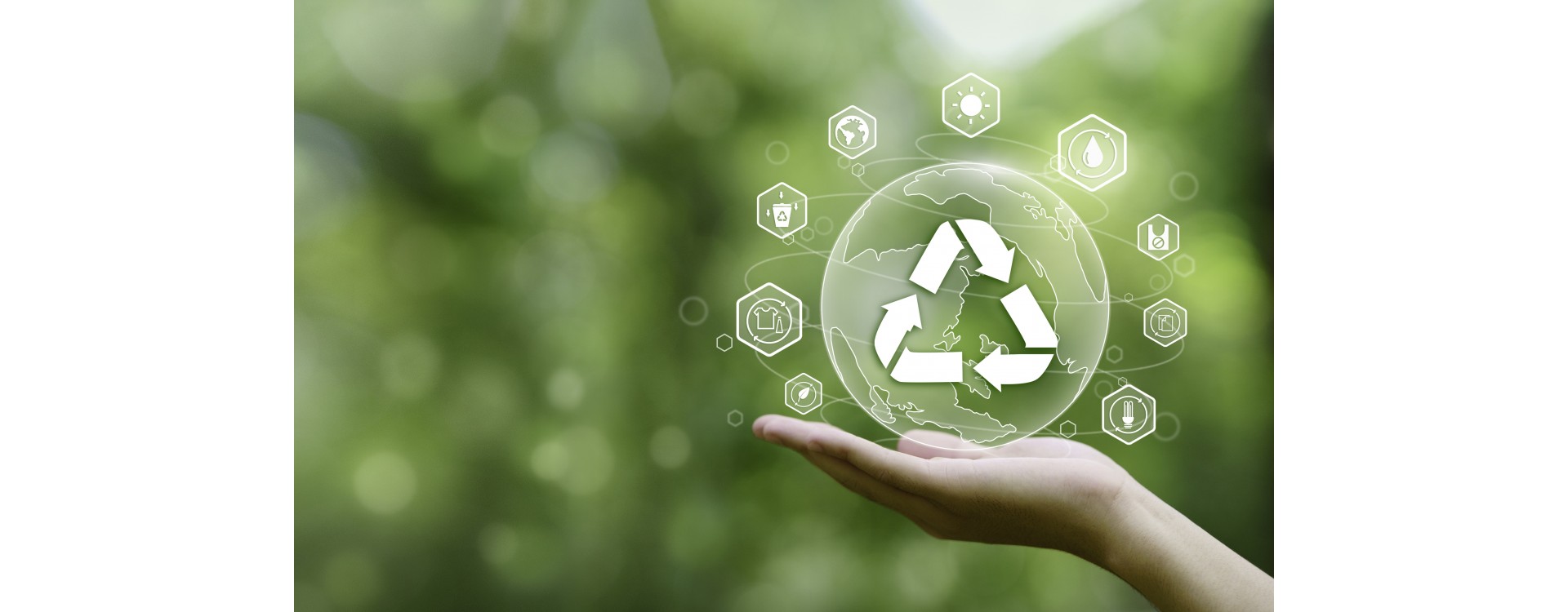
The Advantages of Biodegradable Packaging: A Sustainable Solution for the Future
In a world that is increasingly aware of the environmental impact of our consumption decisions, biodegradable packaging is positioned as an ecological and responsible alternative to traditional petroleum-based packaging. Its growing popularity is no coincidence: it responds to an urgent need to reduce polluting waste, promote recycling and protect ecosystems. In this article, we take an in-depth look at the most relevant advantages of biodegradable packaging.
1. Made from plant fibres or organic derivatives
One of the main characteristics of biodegradable packaging is its natural origin. Unlike conventional plastics, this packaging is made from plant fibres such as corn starch, cellulose, sugarcane bagasse, potato starch or even fruit peels. In other cases, biopolymers derived from renewable organic materials are also used.
The use of these renewable raw materials reduces dependence on fossil resources, whose extraction and refining process has a high environmental and energy cost. In addition, many of these plant sources are obtained as by-products of other industries, which favors a circular economy and the reduction of waste in the production process.
2. It breaks down naturally in a relatively short time
One of the great advantages of biodegradable packaging is its ability to break down without human intervention or complex industrial processes. Under the right conditions of humidity, oxygen and temperature, these materials can completely degrade in as little as a few weeks or a few months, depending on the type of material and its thickness.
This rapid decomposition drastically reduces the accumulation of waste in landfills, its dispersion in nature and its presence in the oceans, unlike conventional plastics that can take centuries to degrade.
3. They do not generate toxic waste
As they are natural or organic materials, biodegradable packaging does not release toxic substances during decomposition, unlike traditional plastic that can emit microplastics and chemical compounds that are dangerous to fauna and soil. This makes biodegradable packaging particularly suitable for sensitive sectors such as food, where health safety and sustainability are a priority.
In addition, its use contributes to the protection of soils, groundwater and human health, as it does not pollute or alter ecosystems during or after its useful life.
4. It has zero or very low environmental impact
The entire life cycle of biodegradable packaging – from raw material to decomposition – has a much lower environmental impact than conventional packaging. Their manufacture, by requiring less energy and generating fewer CO₂ emissions, helps to combat climate change.
In addition, because they do not persist in the environment, they do not accumulate in ecosystems or pose a threat to animals that may accidentally ingest them. In this sense, we can say that this packaging has practically no impact on the environment if it is managed correctly.
5. It can be composted
Another key benefit of biodegradable packaging is that, in many cases, it is also compostable, meaning it can be converted into natural compost after decomposition. When deposited in the right conditions, the packaging is transformed into nutrient-rich compost that can be used in agriculture, gardening or soil regeneration.
This process not only reduces waste, but also returns organic matter to the natural cycle, promoting a truly circular system. Some biodegradable packaging is certified as industrial or household compostable, which guarantees its total decomposition within a certain period of time without leaving polluting residues.


Leave a comment